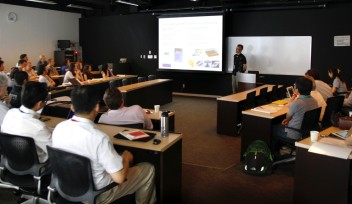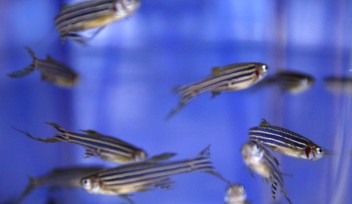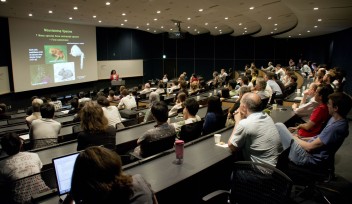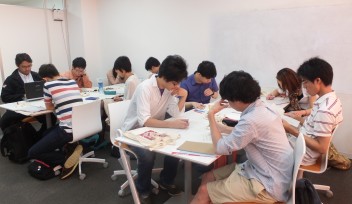Heteractis and Stichodactyla giant sea anemones

Heteractis magnifica (left image) is currently classified within Heteractis, as its long tentacles closely resemble other Heteractis anemones, like Heteractis crispa (center image). However, genetic information has shown that H. magnifica may actually belong in the Stichodactyla genus, a group of anemones which typically have short, carpet-like tentacles, like Stichodactyla gigantea (right image). Unlike humans, Amphiprion ocellaris, the false clownfish, (left and right image), found in the seas around Okinawa, isn’t fooled by the long tentacles. It can only live with S. gigantea and H. magnifica, providing further support to the close genetic relationship between the two anemones.
Heteractis magnifica (left image) is currently classified within Heteractis, as its long tentacles closely resemble other Heteractis anemones, like Heteractis crispa (center image). However, genetic information has shown that H. magnifica may actually belong in the Stichodactyla genus, a group of anemones which typically have short, carpet-like tentacles, like Stichodactyla gigantea (right image). Unlike humans, Amphiprion ocellaris, the false clownfish, (left and right image), found in the seas around Okinawa, isn’t fooled by the long tentacles. It can only live with S. gigantea and H. magnifica, providing further support to the close genetic relationship between the two anemones.
This image appeared in the press release, "Tentacles taken from giant sea anemones reveal new genetic insights into Nemo’s home".
Copyright OIST (Okinawa Institute of Science and Technology Graduate University, 沖縄科学技術大学院大学). Creative Commons Attribution 4.0 International License (CC BY 4.0).














